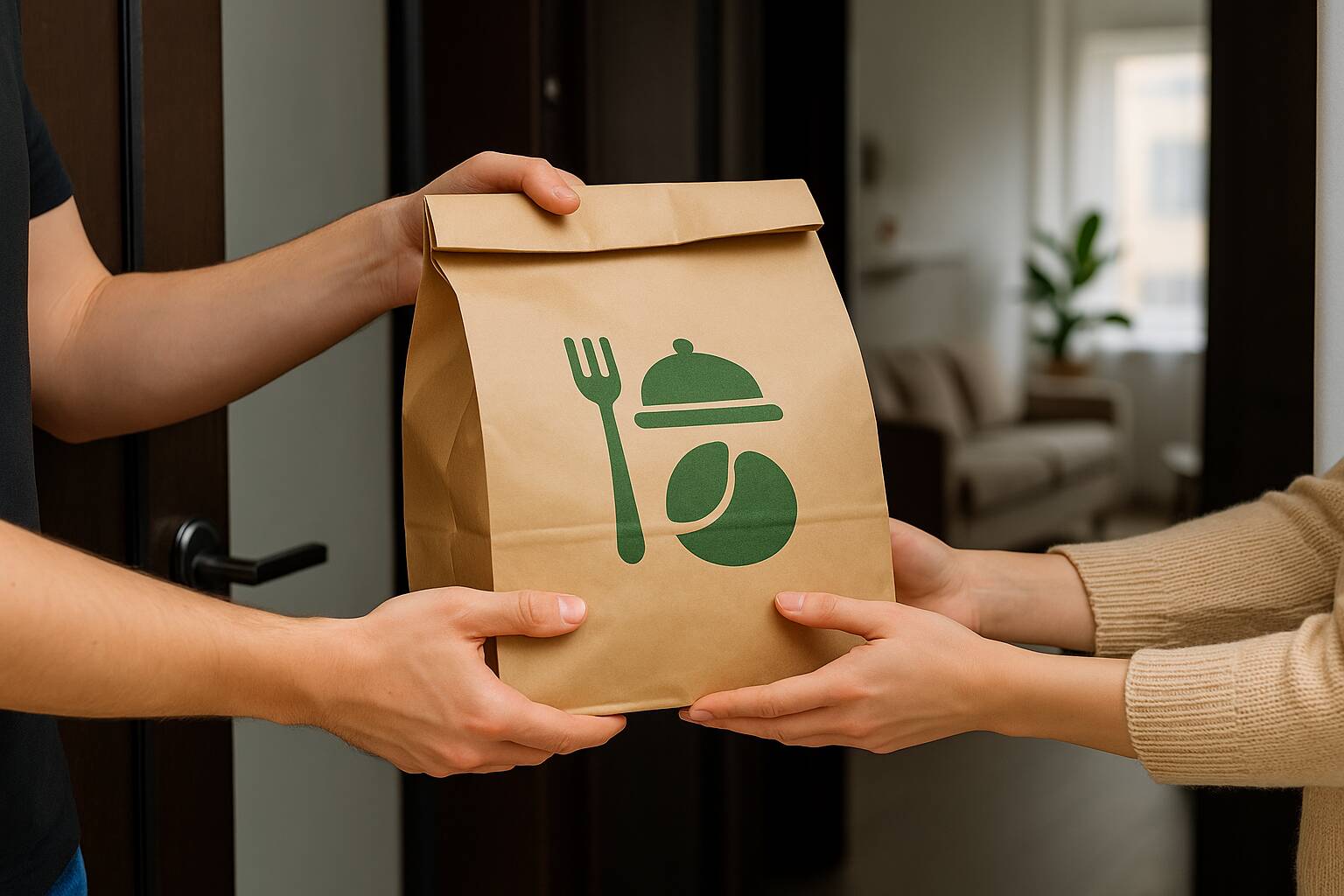The keto diet is also known to lower blood sugar levels, prevent acne, and even reduce the risk of cancer and other neurological disorders. When done correctly, with proper meal planning and portion sizes, you can enjoy the various benefits of the keto diet.
Strict and lazy keto are two variations of this diet, and both have their pros and cons. Many people find that lazy keto is more effective for them, while others swear only strict keto can produce results.
Let's figure out which one suits you best!
A Quick Introduction to Keto
The ketogenic or keto diet is an eating plan that focuses on high fat, moderate proteins, and extremely low carbs. The primary objective of the keto diet is to attain ketosis, a metabolic state in which the body burns fat for energy instead of carbohydrates.
Ketones are produced as a by-product of fat metabolism. The continuous production of ketones forces the body into a state of ketosis. As long as you stay in ketosis, you will continue to lose weight.
The daily intake in a keto diet comprises 70-75% fat, 10-30% protein, and 5% carbs. For example, the carb content is limited to a mere 20-50 grams per day for a 2,000-calorie diet (1).
What Is a Strict Keto Diet?
A strict keto diet follows the original keto diet that was used to treat epilepsy in children. This diet restricts carbs to 20-30 grams a day and involves meticulously tracking macronutrient intake to help the body burn fat and stay in ketosis.
This is the best version of the keto diet for beginners and is now so popular that many keto meal delivery services such as Home Chef and Factor_ support this diet plan with specially designed menus for their customers. However, the strict keto diet can be a tough one to adhere to, especially for long periods.
Drawbacks of the Strict Keto Diet
- Very rigid: The strict keto diet drastically limits carb intake. Therefore, every macronutrient you eat should be portioned and accounted for in your diet plan. And with limited proteins on the list, getting the proper nutrition can be a big problem.
- Difficult to sustain: Fat should make up 70-80% of your diet. Restricting other foods and consuming high-fat foods may be difficult to sustain in the long run.
- Increases the risk of certain health conditions: Studies show that keto diets recommended for epileptic children have resulted in adverse effects (2). In adults, the risk is manifold as a fat-rich diet can elevate cholesterol levels, lead to kidney stones, affect blood sugar levels, and increase the risk of heart disease.
What Is a Lazy Keto Diet?
The lazy keto diet, as the name indicates, is a relaxed form of the keto diet. The carbohydrate limit is increased to about 50 grams a day to sustain intake, but that is all that is required to track and maintain ketosis. It does not involve too much macronutrient tracking, as long as a moderate amount of protein is consumed.
Drawbacks of the Lazy Keto Diet
- Risk of abandoning ketosis: Since macronutrient tracking is not strictly adhered to, there is a risk of getting kicked out of ketosis. When carb consumption is increased and calorie consumption is not tracked, chances are that you may come out of ketosis unintentionally.
- Not safe for some people: Even though this is a fairly easier form of the keto diet, it may still be unsuitable for many people, including pregnant women, diabetics, and individuals with other medical conditions.
Main Differences Between Strict Keto and Lazy Keto
The main difference between strict keto and lazy keto is listed below:
Strict Keto
- A maximum of 20-30 grams of carbs per day
- Focuses on including whole foods like meat, low-carb vegetables, dairy, and healthy fats
- Tracks calories and macronutrients
- Difficult to sustain for long periods
Lazy Keto
- A maximum of 50 grams per day
- Only focuses on net carbs, and small low-carb snacks and sweeteners are allowed
- Doesn't track calories and macronutrients
- Easier to follow
Strict Keto vs. Lazy Keto: Which Is Best?
Well, it depends.
If you are a beginner and want to try the keto diet, then it is best to start with the strict keto diet. That way, you learn how the diet works, which foods help in what proportions, and how you can calculate nutrient intake to maintain ketosis. In addition, research indicates the strict keto diet is perfect for individuals suffering from epileptic seizures or neurological disorders (3).
A lazy keto diet is a good option for those who want to follow the keto diet but want a little wiggle room. This option makes it easier to maintain the keto diet for longer. It is also suitable for people who have experience with the keto lifestyle but find it difficult to calculate and track every single macronutrient they consume. With a lazy keto diet, they would just need to focus on carb intake to maintain ketosis.
So Which Keto Diet Should You Choose?
The keto diet is highly beneficial for your health and following either a strict or lazy keto can help you achieve results. Which one of them you should choose can depend on several factors, including your goals, age, medical conditions, and activity level. It's always best to check with your doctor before starting any kind of diet.
Whether you follow a strict or lazy keto diet, remember that good nutrition is necessary for a healthy mind and body. Consuming whole foods and healthy fats and limiting processed foods that are high in sugar is always best for your overall well-being.
It is more important to choose a keto diet and stick to it to truly enjoy the multitude of benefits a keto diet has to offer.
